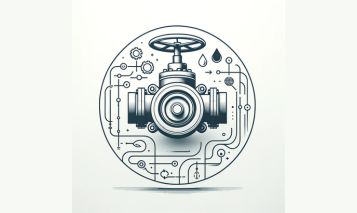Butterfly valves are a type of valve that uses a rotating disk to control the flow of fluid. They are commonly used in HVAC, plumbing, and industrial applications. Butterfly valves are relatively easy to install, but there are a few steps that you should follow to ensure a proper installation. Materials Butterfly valve Flanges or unions Gaskets Bolts and nuts Wrench Pipe sealant Step 1: Prepare the valve and flanges Before you begin the installation, you need to prepare the valve and flanges. This includes cleaning the surfaces of the valve and flanges, and applying a thin layer of pipe sealant to the gaskets. Step 2: Assemble the valve and flanges Once the valve and flanges are prepared, you can begin to assemble them. Place the valve between the flanges, and align the bolt holes. Insert the bolts and nuts, and tighten them until the valve is securely in place. Step 3: Connect the piping Once the valve is assembled, you can connect the piping. Be sure to use the correct size and type of pipe for the application. Step 4: Test the valve Once the piping is connected, you can test the valve to make sure it is working properly. Open the valve and close it several times to check for leaks. […]
















